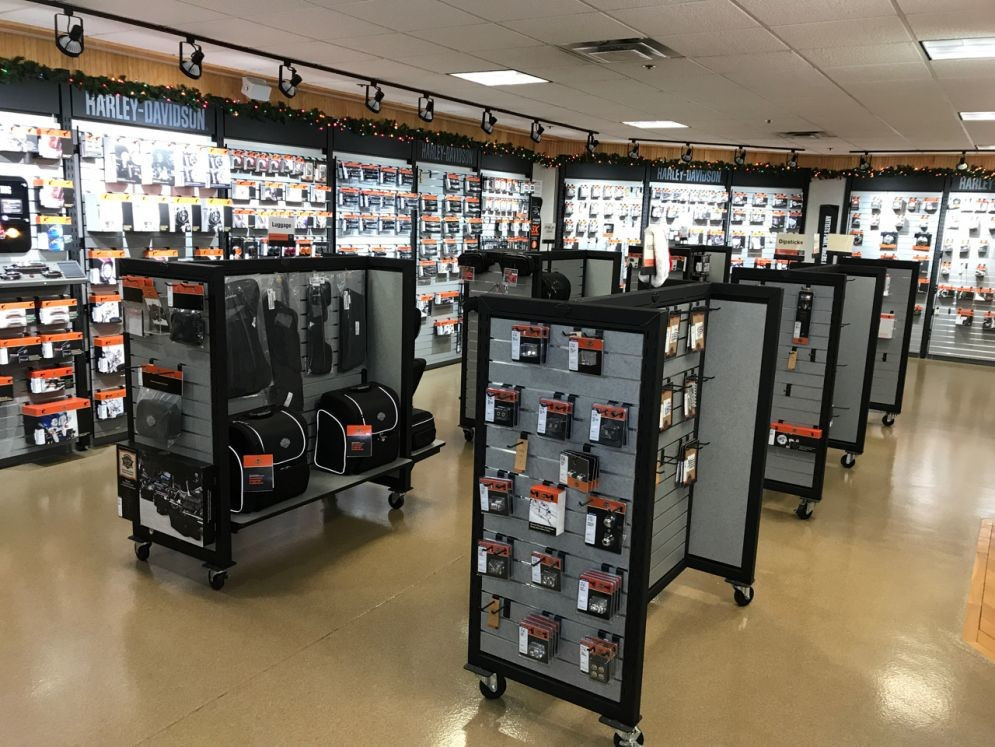Find Affordable Rates on Motocross Parts NZ for every single Bike
Wiki Article
Mastering Motorcycle Gears: How to Optimize Your Riding Experience
In the world of motorcycling, grasping the art of equipment control is essential for boosting your riding performance. Effectively using and comprehending motorcycle gears can significantly affect gas, control, and acceleration performance, transforming a typical experience right into a smooth, exciting journey.Understanding Equipment Mechanics
Just how do the ins and outs of gear auto mechanics affect bike performance? At the core of motorcycle dynamics, gear auto mechanics play an essential duty in converting engine power into motion, ultimately dictating speed and control. Gears, carefully crafted elements, enable cyclists to maximize torque and rate, ensuring a smooth change via various surfaces and rates. The equipment proportions, meticulously designed, identify the connection in between engine changes and wheel turns, influencing velocity and gas efficiency.
Comprehending gear technicians begins with acknowledging the relevance of the gearbox, which houses several gears of differing sizes. These equipments engage with a process referred to as meshing, where teeth of various equipments involve to transmit power. The accuracy of this interaction is critical; any type of misalignment or damages can cause ineffective power transfer, preventing efficiency. In addition, the arrangement and size of gears affect the bike's ability to handle various loads and speeds.
Moreover, the principle of gear changing is important to making best use of efficiency. Prompt and smooth shifts make sure that the engine operates within its optimum power band, stopping unneeded strain and improving long life (motocross gear nz). By understanding these mechanical complexities, cyclists can accomplish an unified mix of effectiveness, power, and control, elevating their riding experience
Timing Your Shifts
Change timing proficiency is essential for optimizing motorbike efficiency and improving the riding experience. Appropriately timed changes ensure that the engine operates within its optimal power band, which is critical for preserving control, attaining smooth velocity, and making certain the longevity of the motorcycle. Riders need to create an intuitive feeling of when to move equipments, which entails recognizing the connection in between engine transformations per min (RPM) and speed.To grasp shift timing, pay attention to the engine's sound and feel, as these provide vital clues about when to change equipments. The ideal change factor commonly takes place when the engine comes close to the upper variety of its power band without reaching the redline. Moving too early can result in an absence of power, while moving far too late may trigger unneeded engine stress
Additionally, roadway problems and riding style impact shift timing. In urban settings, smoother and more constant shifts might be required to browse web traffic successfully. In contrast, during highway riding, fewer changes at higher rates can be a lot more appropriate. Exercising in varied settings will certainly enhance your ability to time shifts specifically, eventually boosting your riding experience to an expert degree.
Enhancing Fuel Effectiveness
While understanding motorcycle equipments is important for efficiency, enhancing gas performance is just as vital for both economic and ecological reasons. Ideal gas intake not only lowers operational expenses however additionally minimizes the environmental impact of riding. To attain this, one must understand the complex relationship between gear option and engine efficiency.Firstly, selecting the ideal equipment at ideal rates can dramatically affect gas intake. Riding in a greater equipment at reduced rates can bring about engine carrying, which is detrimental to both gas economy and engine wellness. On the other hand, riding in reduced equipments at high speeds results in unnecessary fuel consumption. Thus, maintaining an optimal balance by shifting gears in placement with roadway conditions and prepared for maneuvers is important.
Additionally, routine upkeep plays a crucial function in fuel effectiveness. Making sure that the motorbike is well-tuned, with tidy air filters and properly blew up tires, can enhance aerodynamics and lower fuel wastage. Embracing a riding design that embraces progressive velocity and smooth slowdown can add to much better fuel economic situation.

Strategies for Smooth Transitions
Achieving smooth equipment changes is basic to boosting the riding experience and guaranteeing the long life of a bike's transmission system. Appropriate gear moving not only adds to a smooth ride however likewise reduces wear and tear on the mechanical components. To understand the art of smooth changes, cyclists must concentrate on a few crucial methods.
Secondly, clutch control plays a crucial role. view Involving and disengaging the clutch efficiently needs method. The clutch bar should be launched gradually, permitting a seamless transfer of power from the engine to the wheels without causing a shock or abrupt activity.

Adapting to Road Conditions
Navigating varied road problems is a vital ability for any type of motorcyclist aiming to maintain control and security. Whether you're riding on damp surfaces, gravel roads, or navigating sharp turns, your ability to adjust your gear use and riding method is vital. Understanding just how to adjust your gears appropriately can significantly impact grip and security, making certain a much safer trip.In contrast, when riding on crushed rock or irregular terrain, lower gears are more effective. Reduced gears give better control and permit you to respond more quickly to unexpected changes in the roadway surface area.
Sharp contours require exact gear monitoring to stabilize speed and control. Downshifting before getting in a curve can aid keep momentum while ensuring the motorbike remains stable throughout the turn. Constant practice in varied conditions enhances your ability to respond and anticipate to modifications in road texture and slope.
Conclusion
Understanding motorbike gears significantly boosts the riding experience by enhancing acceleration, gas, and control performance. Adjusting gear selection to numerous roadway problems, such as utilizing higher gears Visit Website on wet surface areas and reduced gears on gravel, more improves handling and safety and security.Understanding gear technicians begins with identifying the significance of the transmission, which houses multiple equipments of varying sizes. These gears interact through a process article source known as meshing, where teeth of various gears engage to send power (motox parts nz). Mild changes to the throttle during gear changes can protect against jerky activities and keep a constant riding rate
Whether you're riding on damp surfaces, gravel roads, or navigating sharp turns, your ability to adapt your gear use and riding method is critical. Adapting gear option to various road conditions, such as utilizing greater equipments on wet surface areas and lower gears on gravel, more enhances handling and safety.
Report this wiki page